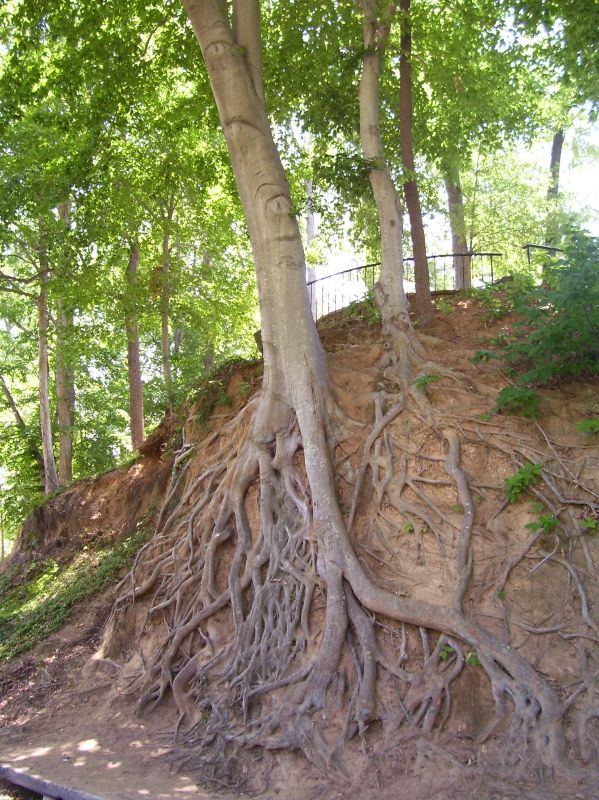We love trees! But sometimes, tree removal is unfortunately necessary for various reasons, ranging from disease to land development to storm damage. Unless the whole tree has fallen over, a stump usually remains after the tree has been cut down. Trees are resilient organisms, capable of sprouting from stumps and surface roots. A frequently asked question is – can a tree grow back after stump grinding? Read on to learn the factors affecting regrowth after stump grinding and how you can manage it.
What Happens to Roots After Stump Grinding?
Stump grinding effectively removes the visible remains of a tree, up to 6-8 inches below the soil surface, but what about the roots left behind? After stump grinding, the tree root system remains underground. Over time, these roots will decay naturally, enriching the soil as they decompose. However, depending on the tree species, soil type, and climate, some roots might attempt to sprout new growth. This can lead to the emergence of shoots and suckers as the tree tries to regenerate.
Type of Tree
The likelihood of a tree resprouting after stump grinding heavily depends on the species. Trees like poplars, willows, redwoods, pears, and certain types of oaks are known for their vigorous sprouting abilities. These trees have extensive root systems capable of producing new growth even after significant damage. On the other hand, conifers like pine and spruce are less likely to resprout because their root systems and growth habits do not support aggressive regrowth after the tree has been cut down.
Removing Sprouts
To manage and eventually eliminate unwanted sprouts, you need a consistent approach. Cutting back the sprouts as soon as they appear can weaken the root system over time. Regular mowing or trimming will deplete the roots’ stored energy, making it increasingly difficult for the tree to regenerate. For a faster approach, applying a herbicide specifically designed for woody plants can be effective. But be cautious when using chemicals to prevent overspray and runoff, which may harm surrounding vegetation. Alternatively, check out some more environmentally friendly, DIY methods on how to kill tree stumps.
Covering the Stump
If you choose to not stump grind, the remaining stump can be an eyesore. But here are some creative ways to incorporate it into your landscape! You can cover the area with mulch or soil to hide the stump while it decomposes. Another idea is to create a feature out of the stump, such as a base for a garden sculpture, a bird bath, or even a planter by hollowing out the center and adding soil. This not only disguises the stump but also adds a unique element to your garden.

Root System
What type of root system your tree has can influence the likelihood of sprouting after a tree is cut down. Fibrous root systems, common in many smaller trees and shrubs, spread out widely but tend to have less vigorous regrowth. In contrast, trees with extensive taproot systems or those with deep, wide-ranging roots, such as oaks and elms, may produce new shoots if not thoroughly removed. Understanding your tree’s root structure can help you anticipate and manage potential regrowth effectively.

Hire Professionals To Grind Down Your Stump
While DIY stump grinding is an option, hiring professionals ensures the job is done thoroughly and safely. Our team of Professional Arborists and Operators have the equipment and expertise to perform stump and root grinding. We can grind the stump deeply enough to minimize regrowth and provide advice on managing roots to prevent new shoots. Contact us to save time and effort on stump grinding and get it done safely!






